Thermal Power & New Energy Engineering
West JEC provides know-how for survey, planning, design and construction supervision for new facilities and for expansion, rehabilitation and repair of existing facilities. West JEC also provides IT systems to modernize existing facilities. These systems minimize maintenance costs without impairing facility reliability.
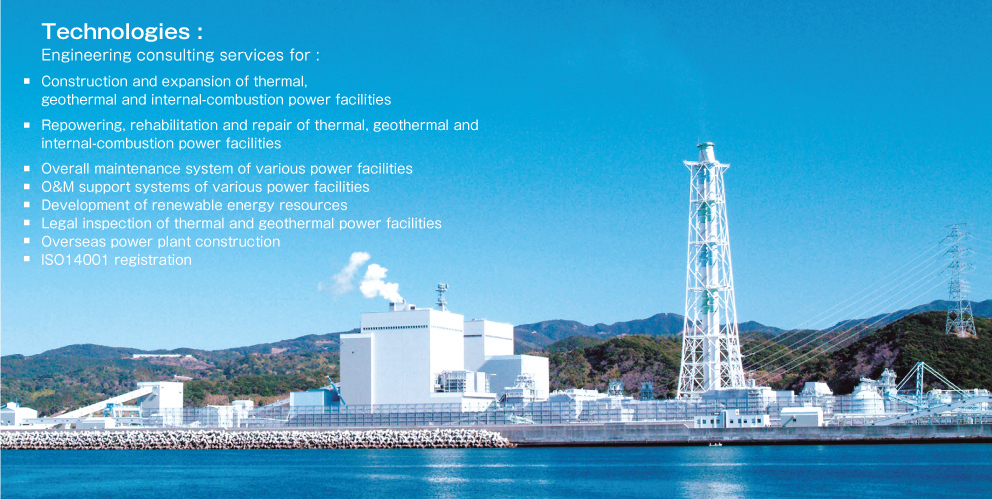
Reihoku Power Station (Coal), Kyushu Electric Power Inc., Japan
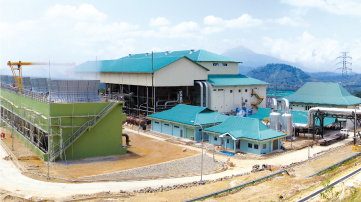
Ulubelu Geothermal Power Plant (under construction),
Sumatra, Indonesia
West JEC has ample experience in planning the construction of new or the rehabilitation of older power projects, including conducting feasibility studies, basic and detailed designs and assisting clients in the bidding and contracting of contractors. With the know-how and experiences gained in the domestic power utility market, West JEC has contributed to the reliable supply of power and to environmental preservation in Southeast Asia, North and Central America, Africa and Eastern European countries.
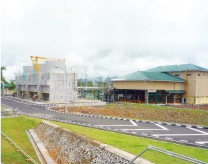
Lahendong Geothermal Power Plant
Sulawesi, Indonesia
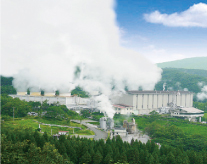
Hatchobaru Geothermal Power
Station Kyushu Electric Power Inc.,
Japan
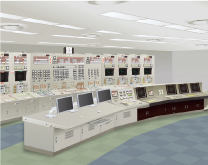
Control room after replacement
works of major control system
in Shin-Oita Power Station
(Combined), Kyushu Electric
Power Inc., Japan
Development of Renewable Energy Technologies
The challenge for the twenty-first century is New Energy: Finding energy substitutes for fossil fuels. With this in mind, West JEC endeavors to fuse non-fossil energy resources with science and technology, in order to develop engineering for the survey, planning, and design of New Energy facilities.
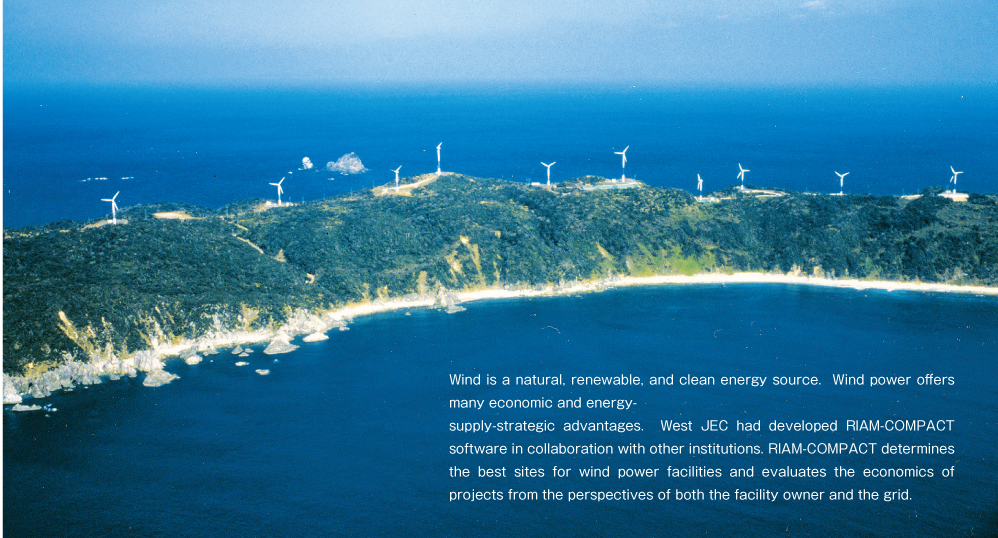
Macro-siting services
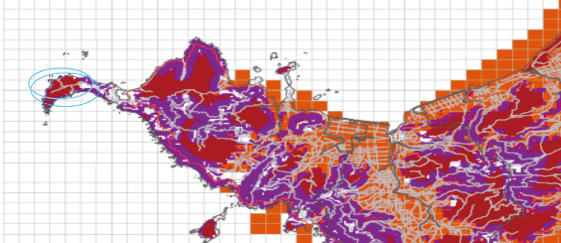
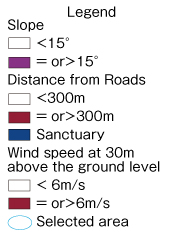
Selection of a wind power site begins with evaluation of the parameters of wind conditions, road accessibility, legal conditions, and transmission / distribution line networks. The GIS (geographic information system) is the tool used in this step to manipulate the primary parameters for selection of wind power plant sites. The analysis of these initial results produces multiple prospective sites. We call this stage of the selection process "macro-siting."
Macro-siting services
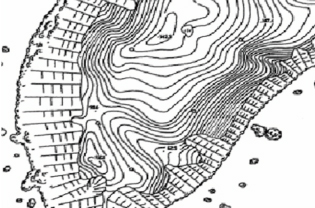
2D map with contour lines
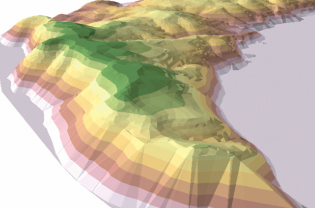
Conversion to 3D display
Next, using the results obtained from the macro-siting process, "RIAM-COMPACT"
(※1) software quantitatively analyzes more detailed wind conditions at each of the multiple prospective sites. The software predicts electric power output or turbulent flow conditions. These predictions are reintegrated into the GIS model as additional parameters and used to determine the optimal site. This reintegration process is called "micro-siting."
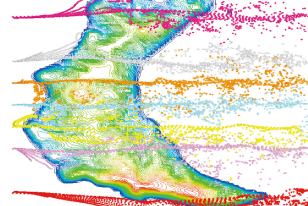
Wind prediction in particle display
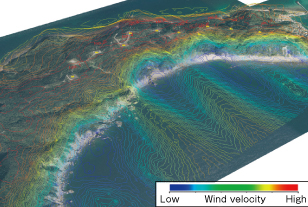
3D display of contour of the prediction of wind speed
(※1)RIAM-COMPACT had been developed jointly by Environment Geographic Information System Research Laboratories Co., Ltd., West Japan Engineering Consultants Co., Ltd., and FS consulting Co., Ltd. It is marketed by Riam Compact Co., Ltd. RIAM-COMPACT is based upon a core technology which was developed by Dr. Ken Uchida of the Research Institute for Applied Mechanics of Kyushu University. The Kyushu University Technology Licensing Organization, Ltd licenses the core technology to RIAM-COMPACT.


